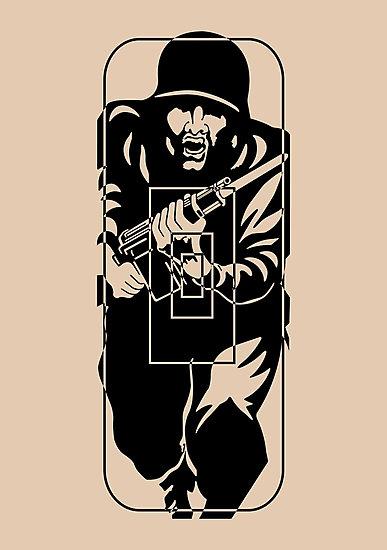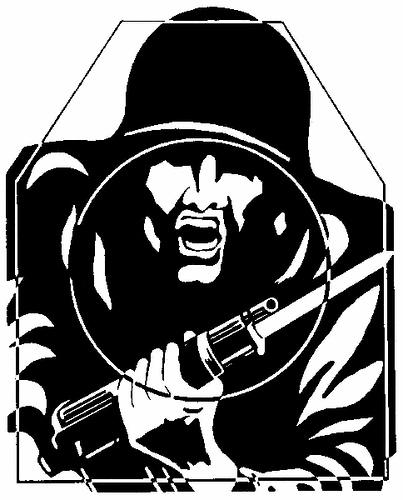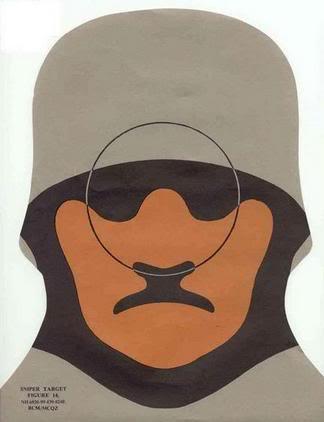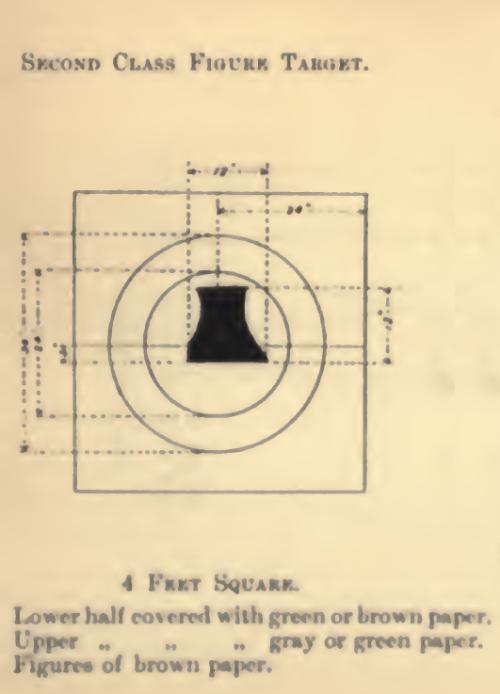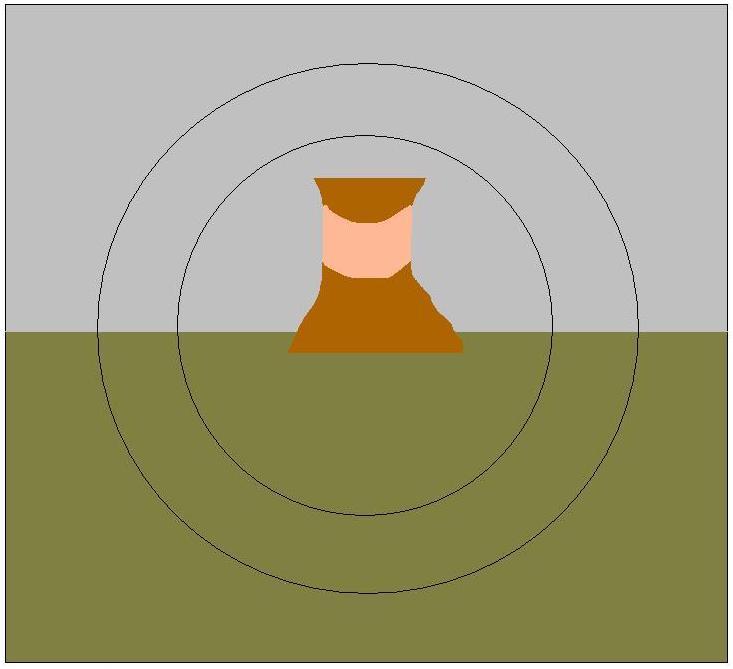PWT Level 3:
SIGHTING (any position)
100m
fig 11
5 rds
GROUPING (prone)
100m
fig 11
5 rds
best 4 rds count
6"=5 pts 8"=3 pts
APPLICATION (prone)
200m
fig 11
5 rds
1 pt per hit
tgt falls when hit
SNAP SHOOTING
200m
fig 11 (on stick)
1 trial exposure
2 rds per exp, 1 pt per hit
2 exp of 5 sec in prone
3 exp of 8 sec in kneeling
RAPID FIRE (trench or prone)
200m
fig 11
15 rds 1 pt per hit
40 sec exp
rifle loaded w/10 rd mag, change mags
APPLICATION (prone)
INFANTRY ONLY
300m
fig 11
5 rds
1 pt per hit, tgt falls when hit
SNAP SHOOTING (trench or prone)
INFANTRY ONLY
300m
2 fig 11‘s
10 rds
1 pt per hit
5 exp, 2 rds at each exp
FIRE MOVEMENT (run down)
INFANTRY ONLY
14rd mag+20 rd mag
1 pt per hit
400m in the prone....tgt appears 45 sec exp
Run to the 300m
2 fig 11‘s
3 rds into each tgt in the prone
tgt goes down....tgt appears 45 sec exp
Run to the 200m
2 fig 11‘s
4 rds into each tgt in the kneeling
change mags
tgt goes down....tgt appears 45 sec exp
Run to the 100m
2 fig 12‘s
4 rds into each tgt in the prone
tgt goes down
Stand up
alert position
tgt appears(fig 11 on stick)
5 sec exp
kneeling posn
2 rds tgt goes down
Advance
75m
tgt appears(fig 11 on stick)
5 sec exp
standing posn
2 rds tgt goes down
Advance
50m
tgt appears(fig 12 on stick)
5 sec exp
standing posn
2 rds tgt goes down
Advance
25m
tgt appears(fig 11 on stick)
2 exp
3 rd burst each exp
SCORING
Infantry C7
First Class Shot - 80
Marksman - 68
PASS - 56
FAIL - below 56
NIGHT SUPPLEMENT
INFANTRY ONLY
1. fig 11
prone
10 rds double tap for MPI
no score (range is at limit of night visibility)
2. fig 11
prone
10 rds
5 exp 5 sec each
2 rds at each exp
3. fig 11
prone
10 rds 20 sec exp
Mandatory for all INF regardless of day score.
1 pt per hit = 20 pts
PASS 50% 10 pts















 PM
PM









